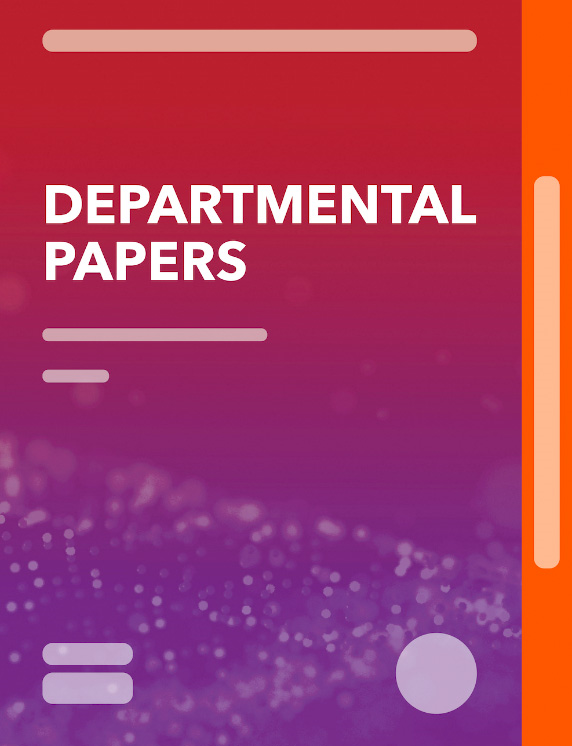Treasury Bills and/Or Central Bank Bills for Absorbing Surplus Liquidity: The Main Considerations
January 1, 2012
Summary
Subject: Banking, Central bank bills, Central banks, Financial institutions, Government debt management, Government securities, Public financial management (PFM), Securities, Treasury bills and bonds
Keywords: Africa, central bank bank bill, Central bank bills, central bank loss, central bank securities, consolidated public sector, fixed income, Global, Government debt management, government securities, Government securities, interest rate, liquidity management, market fragmentation, market liquidity, monetary management, monetary policy, money market, public finance, Securities, T-bill market, Treasury bills and bonds, WP, yield curve
Pages:
39
Volume:
2012
DOI:
Issue:
040
Series:
Working Paper No. 2012/040
Stock No:
WPIEA2012040
ISBN:
9781463933838
ISSN:
1018-5941






